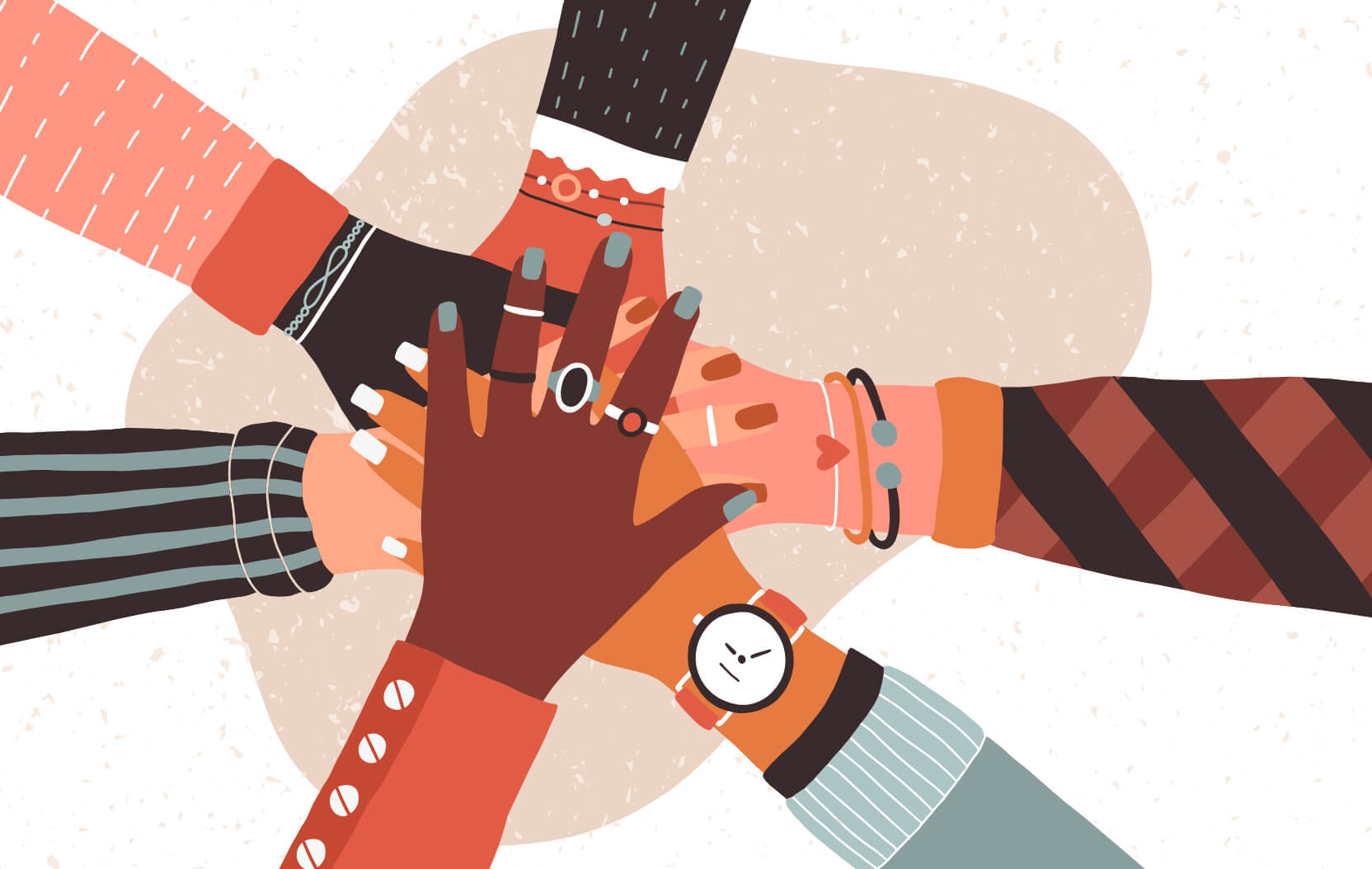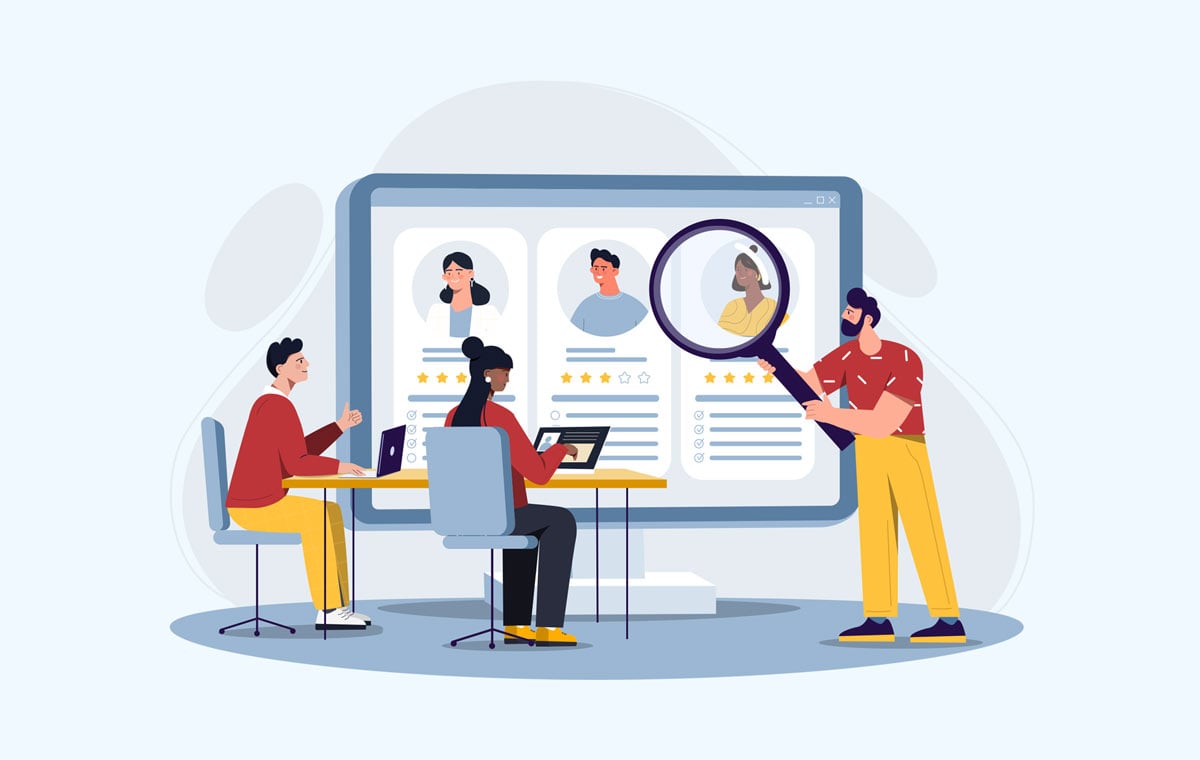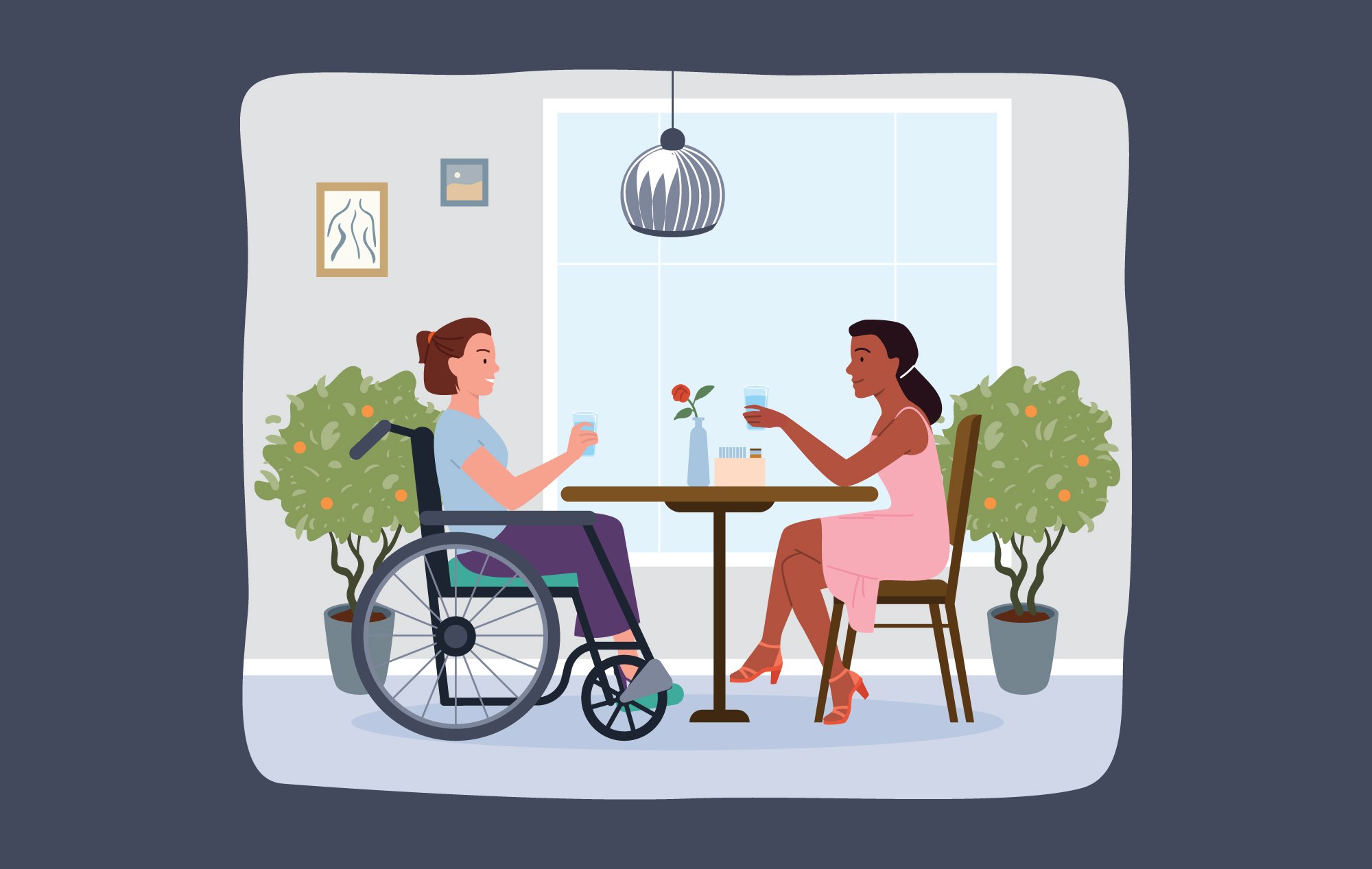In the push to make the world a more inclusive place, experts and activists utilize specific terminology when describing inclusion work’s goal: to transform society into a more just place.
If you’re new to the world of diversity and inclusion, however, it can sometimes feel like such users are speaking an entirely new language, which can make dipping your toes into this culture quite intimidating.
Here’s a useful breakdown of several associated phrases, acronyms and words, and why they’re important.
Key diversity and inclusion terms include:
- D&I: Diversity & Inclusion
- DEI: Diversity, Equity & Inclusion
- DIB: Diversity, Inclusion & Belonging
- DEB: Diversity, Equity & Belonging
These may seem identical, but there are significant differences. Let’s unpack them a bit more.
Diversity:
Acknowledges all the ways people differ: race, sex, gender, age, sexual orientation, disability, socioeconomic status, religious beliefs, and more.
Inclusion:
Is about diversity in practice. It’s the act of welcoming, supporting, respecting, and valuing all individuals and groups.
Equity:
Is often used interchangeably with equality, but there’s a core difference: Where equality is a system in which each individual is offered the same opportunities regardless of circumstance, equity distributes resources based on needs. We live in a disproportionate society, and equity tries to correct its imbalance by creating more opportunities for people who have historically had less access.
Belonging:
Infers that an equitable structure is in place and functioning to make all people, no matter their differences, feel welcome. When you reach for equity, you’re striving for a system that benefits everyone, no matter their circumstance. Belonging is when this not only works, but no one feels as if their inclusion is questioned.
Equity, diversity, and inclusion all mean different things, but interact with and rely on one another. Equity is the goal of diversity and inclusion.
Justice:
Is the mission of equity, in which an equitable system works so well it eventually eliminates the systemic problems driving the need for the latter. In other words, everything is fairly and evenly distributed to people no matter their race, gender, physical ability, or other personal circumstances.
Where D&I focuses on making all groups feel welcome, DEI also addresses the systemic ways access to things—such as education, food, the web, and more—are unequally distributed.
What does this have to do with web accessibility?
DEI has a direct impact on web accessibility. Web Content Accessibility Guidelines (WCAG) aren’t just a matter of being Americans with Disabilities Act (ADA) compliant. Adhering to web accessibility measures is the right thing to do ethically, morally, and economically.
According to the U.S. Centers for Disease Control and Prevention (CDC), 61 million Americans have a disability. That’s more than 25 percent of the population. The web is not made for people with disabilities, however. Everything from flash websites to the wrong color contrast ratio, difficult-to-read font size and weight, complicated language, and lack of image descriptions makes the internet difficult to use.
For the pragmatists among us, the economic impact of equity, and especially web accessibility, is a net positive.
Think about it this way: Utilizing DEI as a strategy for how you conduct business broadens your reach to countless prospects, and an accessible web presence opens you up to the 61 million Americans with disabilities who rely on such language, alt-text on images, and other WCAG-approved features.
Finally, web accessibility makes the internet better for everyone.






Leave a Comment